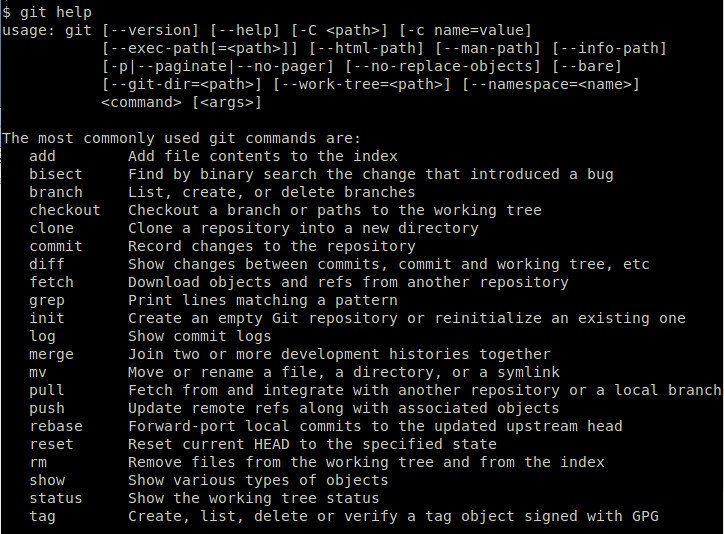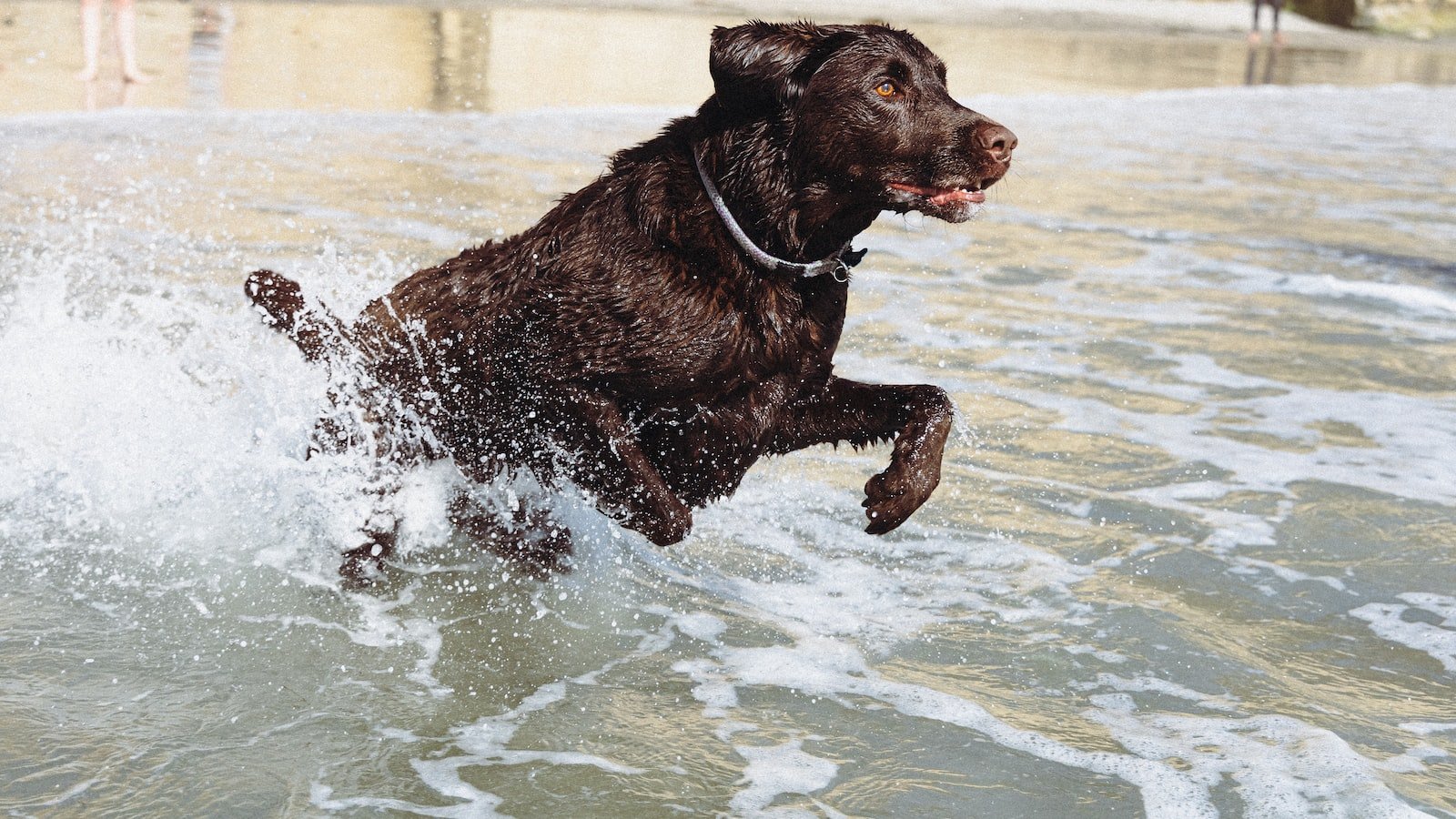Playing fetch with your furry companion is not only a classic game, but it also provides mental stimulation and physical exercise for your pup. Picture this: a tail wagging frenetically, eyes locked on the flying object, as your adorable puppy dashes across the grass, determined to retrieve it with unmatched enthusiasm. However, teaching your little bundle of joy how to fetch can sometimes feel like a daunting task. Fear not, for we are here to unravel the mysteries of this age-old game and guide you through the process of training your puppy to fetch like a pro. So, grab a handful of treats, put on your enthusiasm hat, and get ready to embark on a playful journey together!
Table of Contents
- Preparing for Training Sessions
- Choosing the Right Fetch Toy
- Introducing the Fetch Command
- Encouraging and Reinforcing the Fetch Behavior
- Common Challenges and Troubleshooting Tips
- Q&A
- Wrapping Up

Preparing for Training Sessions
When it comes to ensuring successful training sessions, preparation is key. Here are some key tips to help you get ready:
- Set clear objectives: Before diving into any training session, clearly define the objectives you want to achieve. Outline what knowledge, skills, or behaviors you want participants to gain.
- Develop an engaging curriculum: Craft a well-structured and interesting curriculum that aligns with your objectives. Break the material down into digestible sections and consider incorporating interactive activities to keep the participants engaged.
- Gather necessary resources: Ensure you have all the materials and resources you need for the training session. This includes any handouts, audiovisual equipment, or props. Organize everything in advance to avoid any last-minute panic.
- Create a welcoming environment: It’s crucial to set the right ambiance for a productive training session. Arrange the room in a way that encourages collaboration and interaction. Provide comfortable seating, good lighting, and consider incorporating visuals or decorations to make the space inviting.
- Test your equipment: Avoid technical glitches by testing all audiovisual equipment and technology beforehand. This includes projectors, microphones, and any software or online platforms you plan to use during the training.
- Anticipate participant needs: Take into consideration any special requirements or accommodations participants may need, such as accessibility or dietary restrictions. Planning for these in advance shows that you value the comfort and inclusion of all attendees.
Remember, a well-prepared trainer sets the stage for an engaging and impactful training session. By investing time and effort into the preparation process, you can ensure that your participants get the most out of their learning experience.

Choosing the Right Fetch Toy
When it comes to finding the perfect fetch toy for your furry friend, it’s essential to consider a few key factors. With a wide variety of options available in the market, selecting the right toy can provide countless hours of fun and engagement for both you and your pet. Here are some helpful tips to ensure you choose the ideal fetch toy:
- Size Matters: It’s crucial to select a fetch toy that matches the size and breed of your dog. If you have a small pup, opt for compact toys that are easy for them to carry and fetch. Conversely, larger breeds require more substantial toys that can withstand their playful enthusiasm.
- Material Quality: Consider the durability of the toy material. Look for toys made from sturdy, non-toxic materials that can withstand the chomping, tugging, and tossing that comes with a game of fetch.
- Interactive Features: Spice up the fun by choosing fetch toys with interactive features, such as squeakers, ropes, or even treats hidden inside. These additions can make the toy more enticing and keep your furry companion excited and engaged during playtime.
Remember, every dog is unique, so it may take some trial and error to find their preferred fetch toy. Take note of what type of toy your pet shows the most interest in and adapts well to, as they may have personal preferences. Don’t forget to supervise your fur friend during playtime and ensure they are enjoying their fetching adventures safely!

Introducing the Fetch Command
The Fetch Command: Bringing Efficiency to your Programming
Are you tired of writing complex code to fetch data in your programming projects? Look no further! , a powerful tool that simplifies the process of fetching data from external sources. Whether you’re building a web application or working on a data analysis project, the Fetch Command is here to make your life easier.
With the Fetch Command, you can effortlessly retrieve data from APIs, databases, or any other external source, eliminating the need for lengthy and error-prone code. Gone are the days of manually handling network requests and parsing responses – Fetch Command takes care of all that for you!
Here’s why you should consider incorporating the Fetch Command into your development workflow:
- Simplicity: Fetch Command offers a simplified syntax that streamlines the process of retrieving data, allowing you to write cleaner, more readable code.
- Flexibility: Whether your data source is RESTful APIs, JSON endpoints, or even remote files, the Fetch Command effortlessly handles different types of requests, giving you the freedom to work with diverse data sources.
- Error Handling: Fetch Command includes built-in error handling mechanisms, allowing you to easily catch and handle errors during network requests, ensuring the reliability of your code.
Don’t waste any more time grappling with complicated code to fetch data. Try the Fetch Command today and experience the ease and efficiency it brings to your programming endeavors.

Encouraging and Reinforcing the Fetch Behavior
####
Sometimes, getting your furry friend to master the art of fetching can be quite the challenge. However, with a little patience and consistent reinforcement, you can turn your dog into a fetch expert! Here are a few tips to encourage and reinforce the fetch behavior:
– **Positive Reinforcement**: Dogs respond well to positive reinforcement, so make sure to reward them each time they successfully fetch. Treats, praises, and belly rubs work wonders in reinforcing the behavior. Remember, consistency is key!
– **Play with Their Favorite Toy**: Find a toy that your dog absolutely adores and use it as a motivator for the fetch game. Whether it’s a squeaky ball or a stuffed animal, the more they love the toy, the more they’ll want to chase after it and bring it back to you.
– **Add Challenges**: Once your dog gets the hang of fetch, add some variety to keep them engaged. Experiment with different locations, distances, and even tricky obstacles to make the game more exciting. This will not only make fetch more enjoyable for them but also help improve their problem-solving skills.
– **Teach “Drop It”**: Teaching your dog the “drop it” command is essential for a successful fetch. Begin by gently tugging the toy while saying “drop it.” Once they release it, reward them and repeat the process. Soon enough, they’ll associate the command with letting go of the toy, making fetch sessions a breeze.
Remember, each dog is unique, so don’t be discouraged if your furry companion takes a bit longer to master fetch. With these tips and a dash of creativity, you’ll be able to encourage and reinforce their fetch behavior in no time!
Common Challenges and Troubleshooting Tips
In every journey, there are bound to be obstacles along the way. When it comes to navigating the waters of technology and innovation, the same principle applies. Whether you’re a seasoned tech geek or new to the world of digital wonders, here are some common challenges you may encounter and a few troubleshooting tips to help you overcome them.
1. Slow Internet Speeds
We all know the frustration of a sluggish internet connection. Don’t despair, there are a few things you can try:
- Reset your router by turning it off and on again.
- Move closer to your Wi-Fi router or consider using an Ethernet cable for a more stable connection.
- Try clearing your browser’s cache and temporary files.
2. Device Freezing or Crashing
Having your device freeze or suddenly crash can be a real headache. Here are a couple of troubleshooting tips:
- Ensure your device is running the latest software updates.
- Remove unnecessary apps and files to free up storage space.
- If the problem persists, try performing a hard reset by holding down the power button for 10 seconds.
Remember, technology can sometimes be finicky, but with a little troubleshooting and perseverance, you’ll be back on track in no time!
Q&A
Q: What is the first step in training your puppy to fetch?
A: The first step is to choose a suitable and safe toy for your puppy to fetch. Start by introducing the toy and encouraging your puppy to show interest in it.
Q: Can any breed of dog be trained to fetch?
A: Yes, almost all breeds can be taught to fetch. Some breeds have more retrieving instincts than others, but with patience and consistency, any dog can learn this fun game.
Q: How can I motivate my puppy to fetch?
A: Use positive reinforcement by rewarding your puppy with treats or praise when they show any interest in the toy. Encourage them to take small steps towards fetching, building their motivation gradually.
Q: What if my puppy doesn’t want to let go of the toy?
A: If your puppy wants to keep the toy, offer them a treat while giving the command to “drop it.” Repeat this process until they understand that releasing the toy leads to a reward, and they will be more willing to let go.
Q: Are there any specific techniques to teach my puppy to fetch?
A: One technique is to use two identical toys. When your puppy brings back the first toy, show them the second one, which will create a natural desire to drop the first toy in anticipation of playing with the second.
Q: Would it be a good idea to use a clicker for training my puppy to fetch?
A: Yes, using a clicker can be an effective way to communicate with your puppy during training. Click to mark the behavior of picking up the toy, and follow it with a treat, reinforcing the association.
Q: How long should each training session be?
A: Keep the sessions short, around 5-10 minutes, to avoid overwhelming your puppy. Regular short training sessions are more effective and enjoyable than long, exhausting ones.
Q: What should I do if my puppy loses interest in fetching during the training process?
A: If your puppy loses interest, take a break and try again later. Keep the training sessions fun and positive, adjusting them to match your puppy’s attention span and energy levels.
Q: Can I teach my puppy to fetch both inside and outside?
A: Absolutely! Start indoors where there are fewer distractions and gradually move to more challenging environments like your backyard or a park. Gradual exposure will help your puppy generalize the fetch command.
Q: How long does it usually take for a puppy to learn how to fetch?
A: The learning speed varies for each puppy, and it may take a few days to a few weeks for them to become proficient at fetching. Remember to be patient, consistent, and celebrate small successes along the way.
Wrapping Up
As we bid adieu to this playful pup-training journey, remember that teaching your furry friend to fetch is not just a canine sport, but a delightful bonding experience. Follow these tried-and-true techniques, and soon you’ll witness a harmonious symphony of wagging tails and airborne tennis balls. Be patient, persistent, and above all, let your imagination run free during playtime. Your pup’s fetching expertise will continue to evolve, transforming even mundane walks into extraordinary adventures. So, wander into the realms of fetch-fantasy, armed with treats and toys, and watch your puppy’s enthusiasm soar to new heights. Together, you and your adored fluffball will forge memories that last a lifetime, etching delightful tales of teamwork and thrilling triumphs. Embrace this voyage, knowing that each toss and joyful retrieval is a small step towards not only fetch-mastery but also a stronger and unbreakable bond with your four-legged companion. Remember: in this delightful game of fetch, success lies not only in the art of retrieving but in the art of loving unconditionally. Let your puppy’s fetching curiosities pave the way to uncharted territories of shared joy, laughter, and love. So, seize that tennis ball, my dear readers, for today marks the commencement of your pup’s fetching legacy, one that will carve pawprints on your hearts for years to come. Scout fetch triumphs in the fields of dreams, cherish the laughter echoing through the park, and embrace the sheer simplicity of a wagging tail. Happy fetching, dear dog lovers!
As an affiliate, my content may feature links to products I personally use and recommend. By taking action, like subscribing or making a purchase, you’ll be supporting my work and fueling my taco cravings at the same time. Win-win, right?
Want to read more? Check out our Affiliate Disclosure page.